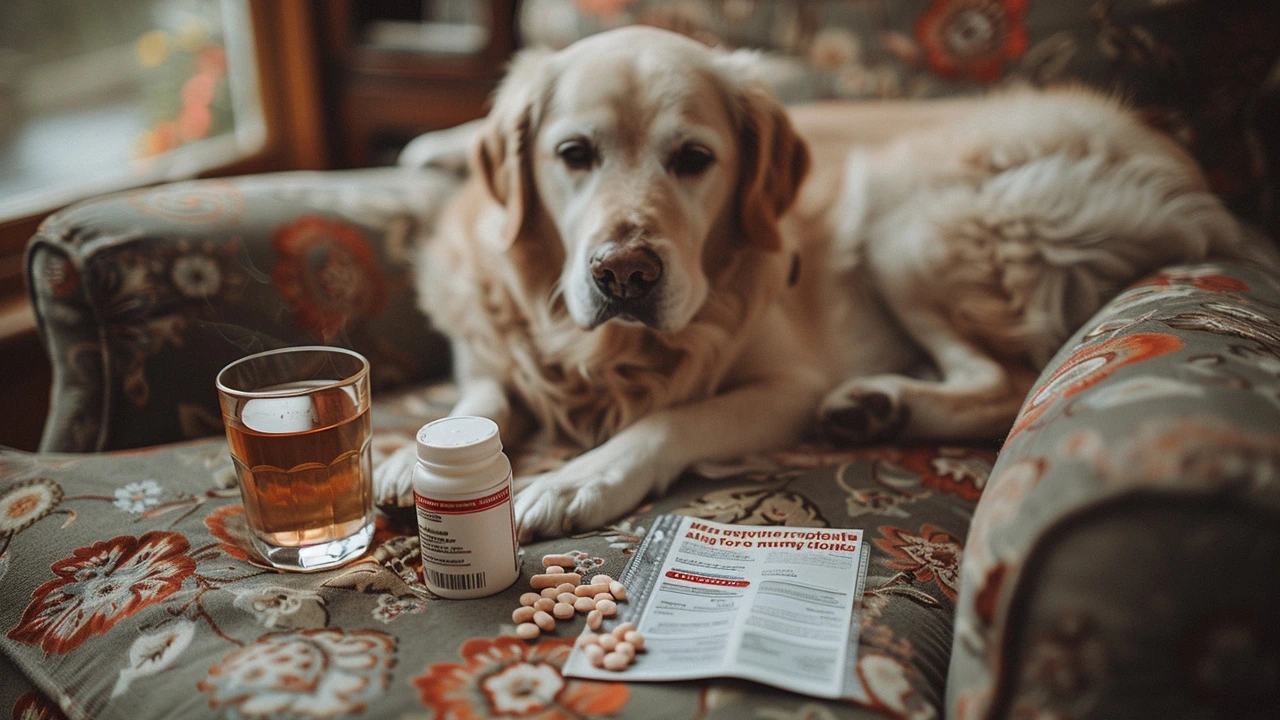Manage Medication: Practical, Everyday Steps to Stay Safe
Managing meds is something most of us do without thinking—until a missed dose, a bad interaction, or a refill mix-up causes trouble. You don’t need medical training to make it safer. A few simple habits will cut errors, keep side effects down, and make life easier.
Daily checklist that actually works
Start with one up-to-date medication list. Include prescription drugs, over-the-counter meds, vitamins, and supplements. Note dose, time, and reason for each. Keep a photo of the pill bottles on your phone and a paper copy in your wallet or with your caregiver. Share this list with every provider you see so they can catch interactions or duplicate therapies.
Use a pill organizer or pharmacy blister packs to prevent missed or doubled doses. Set phone alarms or use a medication app that tracks doses and refills. If you take meds at different times, tie them to daily routines—like taking morning pills with breakfast and night meds after brushing your teeth.
Refill smart: enroll in automatic refills or calendar reminders. Running out of a critical drug is one of the most common problems—and often avoidable.
Spot common risks and what to do
Interactions matter. For example, grapefruit juice affects some statins, so if you love grapefruit mention that to your doctor—switching to pravastatin, rosuvastatin, or pitavastatin can solve the problem. Proton pump inhibitors (like Protonix) work well short-term but can affect B12 and bone density if used for years—ask about the shortest effective course. Diuretics such as Lasix can change your potassium and cause dizziness; weigh yourself daily and report big changes. If you stop beta-blockers like metoprolol, don’t quit suddenly—tapering and blood pressure checks are needed.
When a new med is prescribed, ask three quick questions: Why am I taking this? How will I know it’s working? What side effects should make me call you? Write the answers on your medication list.
Buying meds online? Only use sites that require a prescription, show a physical address and pharmacist contact, and offer secure payment. Avoid sites that sell controlled drugs without a prescription or price them impossibly cheap. If in doubt, call your local pharmacy or us for a quick check.
Store and dispose safely. Keep meds in a cool, dry place away from kids and pets. Don’t mix old pills in the same bottle. Use community take-back programs or ask a pharmacy how to dispose of unused meds.
Finally, use one pharmacy when possible. That helps the pharmacist spot dangerous combinations and flags refill problems early. If you travel or use multiple providers, update your medication list each time you cross systems.
You don’t need perfect routines—just a few consistent steps: keep a single list, use organizers and reminders, check interactions, and buy from reputable sources. Those habits will prevent most medication headaches and keep you safer day to day.

